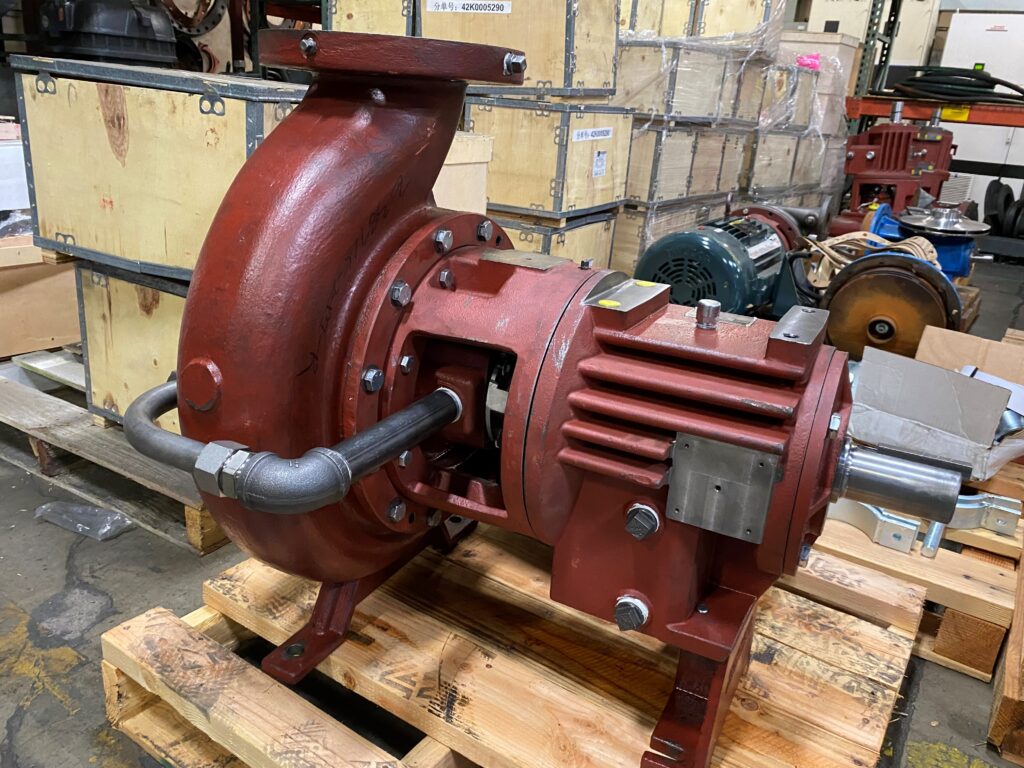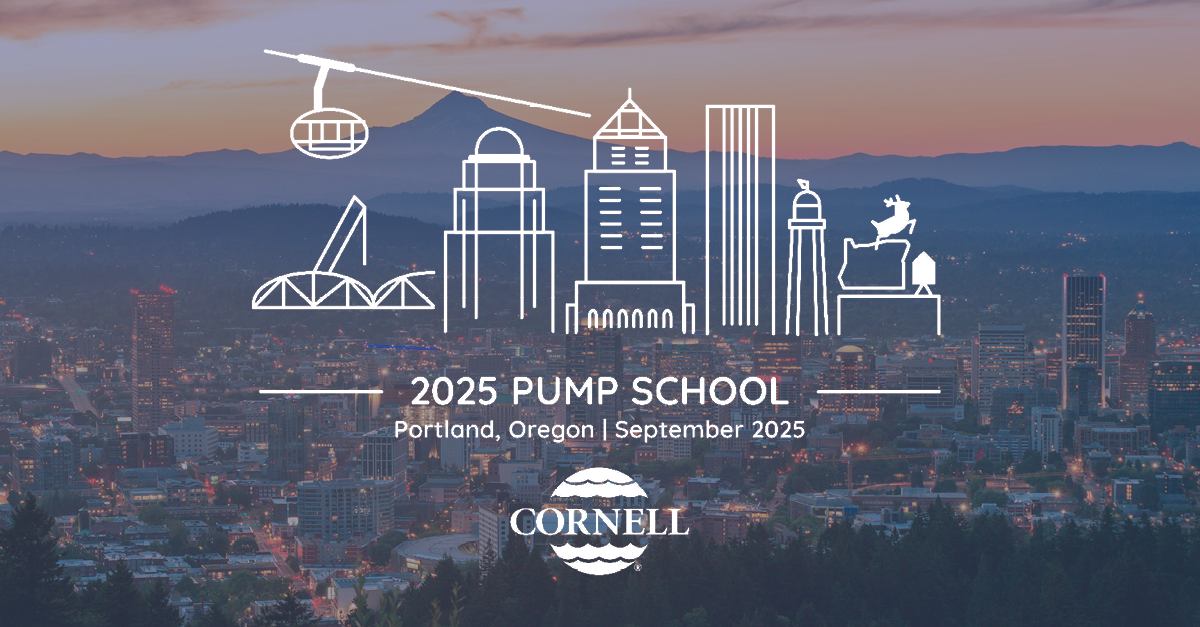Comparing two pumps at similar operating conditions but different efficiencies
Pump 1—85% efficient, requiring a 40HP-1,800 RPM motor; and
Pump 2—71% efficient, requiring a 50HP-3,600 RPM motor (as many Z series competitors do…)
Assuming a 4,380-hour run time per year (12 hours every day) and 15 cents per Kilowatt hour, Pump 1 will have $19,913 in energy costs, and Pump 2 will draw $23,849 in energy costs annually.
The difference in efficiency is $3,936 per year—if the pumps run for five years, that difference balloons to $19,680! And if electric prices are more than 15 cents per kilowatt hour or the pump runs more than half the time, the costs increase.
All Z Series pumps feature high efficiency to save you money, and their robust designs reduce downtime.
When considering purchasing a pump, it is crucial to remember that the initial price is only a small fraction of the total cost of operating the pump throughout its lifetime. The purchase price typically accounts for five to seven percent of the total cost. The remaining cost comprises maintenance expenses, contributing to about 10 percent of the pump’s lifetime cost, and energy expenses, which can make up as much as 85 percent of the total cost. However, Cornell’s highly efficient pumps can help you save a significant amount each month, which can lower the overall lifetime cost of the pump and help you avoid maintenance issues in the long run.
The new Z-Series, featuring the double volute design on many models, can be seen here: https://www.cornellpump.com/z-series/
The webpage contains datasheets and the full brochure. You can also use our sizing tool to select the right Z-Series for your ANSI application.




